5. Cesare Zavattini – Vittorio de Sica (1944 – 1973)
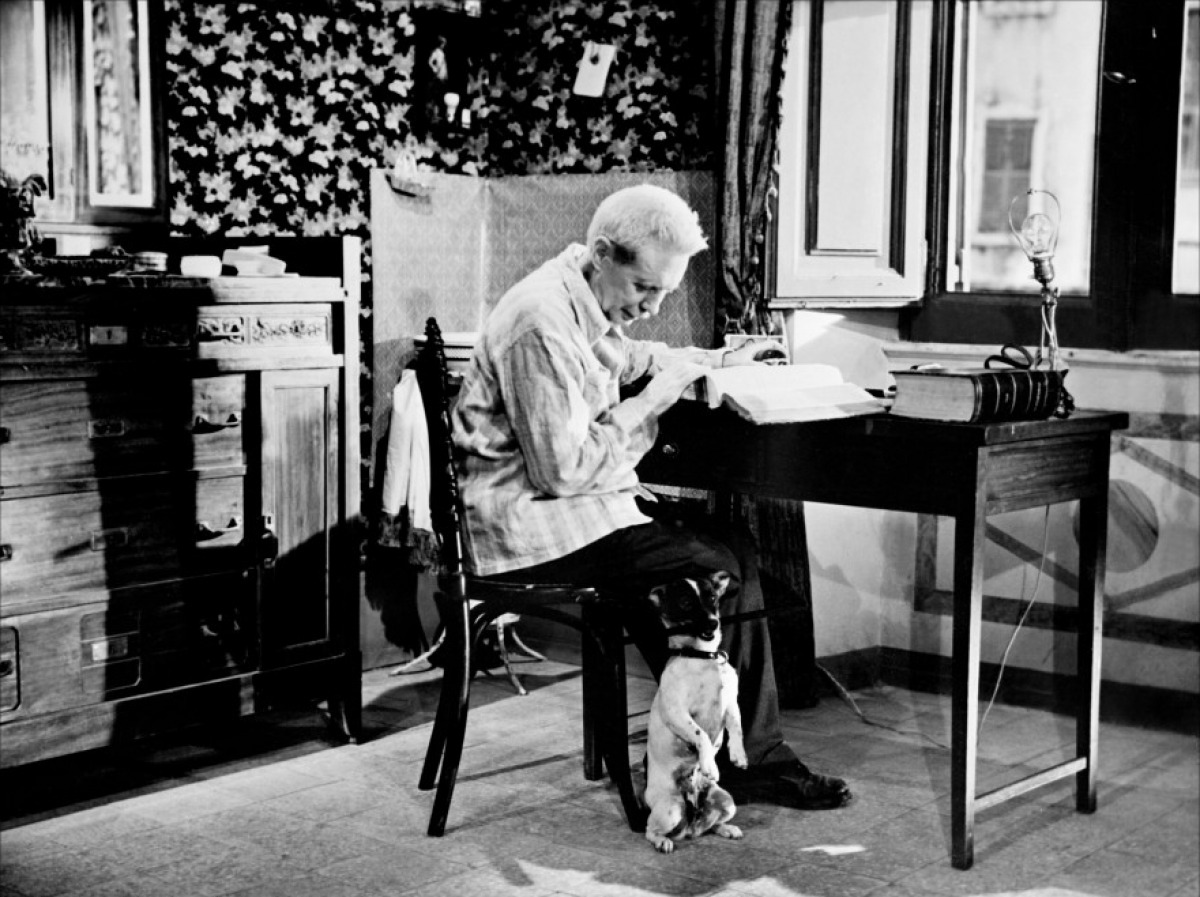
Highlighted works: Shoeshine, The Bicycle Thieves, Umberto D., Two Women, Sunflower
The entire Italian neorealism and subsequent film movement owe a tremendous amount to Zavattini and de Sica. Whether co-writing together or strictly being the writer or director, they showed a side of documentary realism in social norms captured by the camera and developed further into comedic films of the everyday people of Italy.
Their first ventures together was focused on the individual, their goals, and what is happening around them in post-World War II Italy. The cared about creating real human emotions stripped bare, sometimes just going off of a treatment with the non-actors. Regardless, they worked on more than 20 films together that continued to change in tone, structure, and themes with some of the greatest like Mastroianni and Loren.
Zavattini wrote for giant Italian and French filmmakers as well, just as de Sica employees other writers, but it was together that they strived and truly rescued the Italian film industry from demise into a flourishing world cinema for four decades. And as a result, we owe them so much.
4. Krzysztof Piesiewicz – Krzysztof Kieślowski (1985 – 1993)
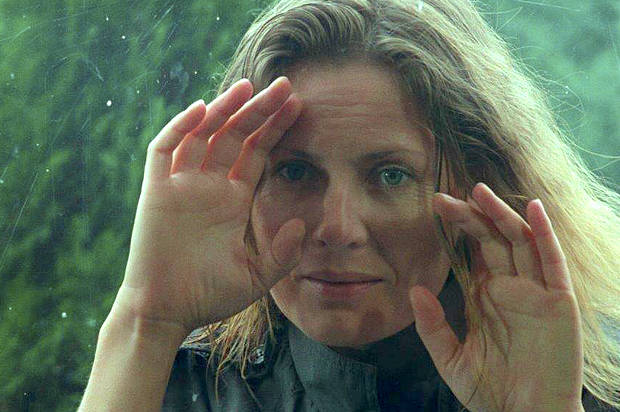
Highlighted works: No End, Dekalog, Three Colors Trilogy
Both the Krzysztofs worked on a philosophical, stately, and humanistic approach in and out of their native Poland. Kieslowski really hit the peak of his career after meeting Piesiewicz, who was a lawyer at the time.
Since Piesiewicz came from a stately occupation and Kieslowski had heavy years in documentary and social realism, they were able to state timely manners in their films, but elevated them in a poetic renaissance that soared to new heights in things only cinema can do. Their motifs of objects, interconnectedness of characters, mood of time and space, and moments of grace showed how the two truly meant something more to the average audience member.
Kieslowski was able to create visual poetry from the structure Piesiewicz laid out with characters trying to live their best lives in a restricted society. They kind of created their own language for a short while.
It is noted that their relationship was very calm and focused on the work. Unfortunately Kieslowski died in 1996 while they were prepping their “Heaven, Hell and Purgatory” trilogy. After his death, Piesiewicz went into politics. Somehow both of them brought out the best in each other from a mutually understanding of their backgrounds in an isolated country during their time.
3. Ennio Flaiano, Tullio Pinelli – Federico Fellini (1950 – 1990)
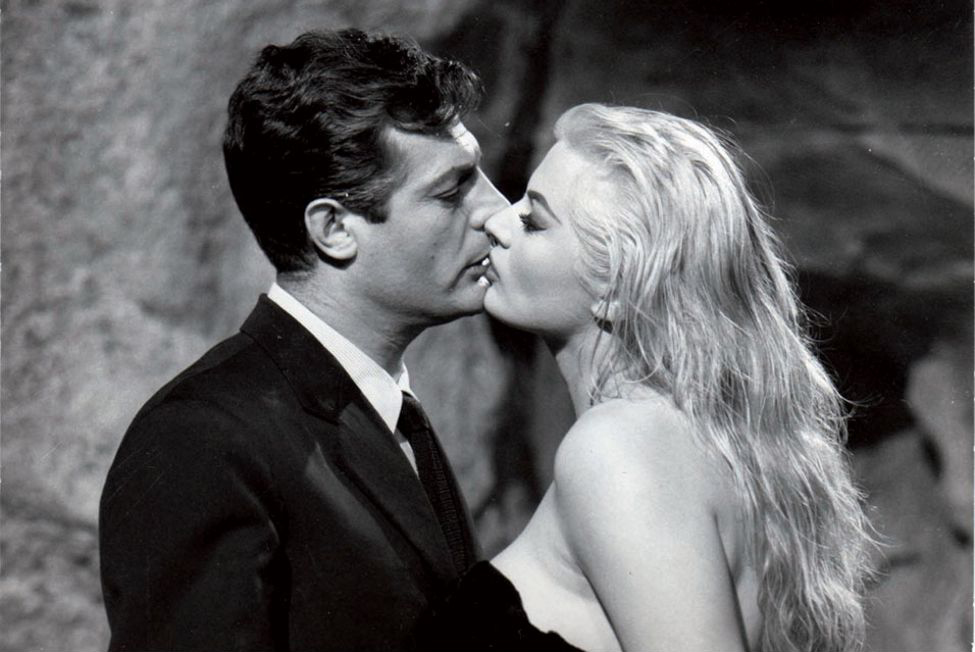
Highlighted works: La Strada, La Dolce Vita, 8 1/2, Juliet of the Spirits
Spanning the entire filmography of Fellini from “Variety Lights” to “The Voice of the Moon,” his closest writers from his circus mind were never far off. Whether all three were collaborating or just one of them, they managed to make masterpiece after masterpiece together with the evolving cinematic style of Fellini himself.
Fellini, like many directors on this list, floats amongst many writers, but he managed to gain international acclaim for his groundbreaking string of films in the 1950s and 1960s with Flaiano and Pinelli. Yet with these two writers, Fellini was able to evolve from singular narrative grounded in neorealism to films with many memorable characters to episodic structure to art house inventiveness. However, never losing the string of emotion that they began with.
As Fellini went more abstract in the 1970s and 1980s, he returned to Pinelli for his last few films since Flaiano died in the early 1970s. They never stopped being friends or lost the spark when they first met in 1946. If only these three artists made a few films as a trio, who knows what we would have gotten?
2. Hideo Oguni, Ryuzo Kikushima, Shinobu Hashimoto – Akira Kurosawa (1952 – 1993)
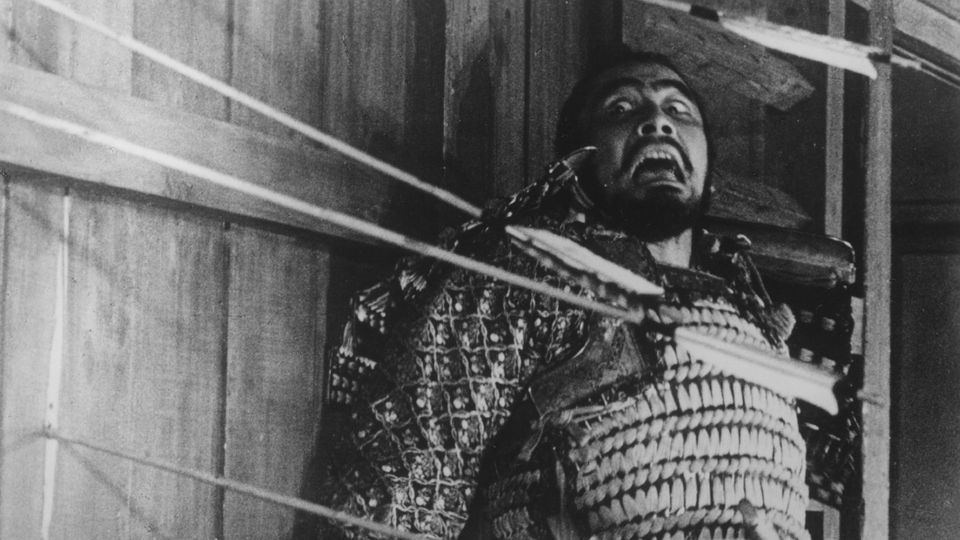
Highlighted works: Ikiru, Seven Samurai, Throne of Blood, The Bad Sleep Well, Ran
Sometimes it takes more than one. Kurosawa collaborated with several screenwriters for nearly five decades of filmmaking, but with Oguni, Kikushima, and Hashimoto, he truly thrived to create some of the best work of his career, therefore some of the best work in cinema.
Sometimes all four would collaborate, or sometimes just two with Kurosawa as he always liked to get the point of view of different writers on the material. This led to a tighter screenplay where different angles and themes can be seen in their films. Kurosawa always believed it was the screenplay that made for a great film, hence he kept these men close to him for his entire life.
They were able to jump from Edo samurai chanbara films to post-World War II Tokyo, but somehow still dealing with the themes of greed, tragic historical violence, and relationships amongst novice and masterly men, all while never losing the humanity.
They literally worked together until the end and left behind several unproduced screenplays showing that despite not knowing much about their personal relationships, their professional ones were alive and strong for nearly half a century.
1. IAL Diamond – Billy Wilder (1957 – 1981)
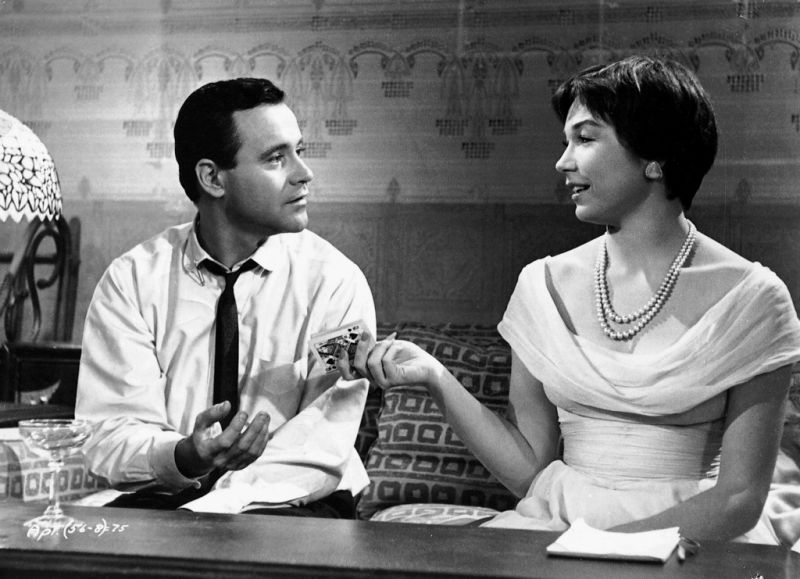
Highlighted works: Some Like It Hot, The Apartment, The Fortune Cookie, Fedora
After Charles Brackett departed from Wilder after 11 collaborations to advance in his career, Wilder was a bit in trouble. He needed a second hand to write screenplays as he started to transition from the film noir and atmospheric dread to lighter humanistic comedies, and he got it with Diamond.
They explore more comedic approaches that revolve around characters looking for love and a relationship and trying to make it in the world on their own accords. Their fast-paced rhythm never bored audiences, and they always left us hanging after a one-liner from “nobody’s perfect” to “kiss me stupid” to “but that’s another story.” They had a style of structural narrative and complex yet clearly defined characters that still hold up regardless of the times. They just worked beautifully together and collaborated until 1981 when they both retired.
It really was a match made in heaven as Hollywood adored their films just as audiences did. Diamond even was an associate producer on the films due to Wilder’s request. They shared many awards together and are still models for current-day script to screen legends.